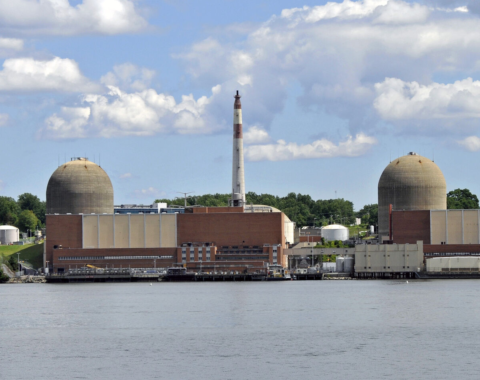U.S. First Circuit court rejected a lawsuit against General Electric brought about by 150,000 Japanese individuals and businesses who said they were “economically devastated” in March 2011 when an earthquake unleashed a 45-foot wave that overwhelmed the plant, causing an explosion and a massive release of radiation.
General Electric will escape scot-free for its role in designing and maintaining the Fukushima nuclear plant hit by a tsunami that ultimately caused billions of dollars in damage in Japan. Under Japanese law, all claims related to the disaster must be brought against TEPCO (Tokyo Electric Power Company), either in a lawsuit or an administrative proceeding. TEPCO has already paid out more than $80 billion in claims, partially subsidized by the Japanese government. However, the plaintiffs in this case filed suit in Boston, where GE is headquartered, claiming that GE was negligent in designing and maintaining the plant and in choosing a site for it that had a “long-recorded history of very large earthquakes and tsunamis.
Earlier, in 2019, federal judge in Massachusetts, Chief U.S. District Judge Patti Saris, dismissed the suit saying the case should be brought in Japan because an adequate remedy for the plaintiffs’ injuries existed there. But, the plaintiffs appealed, arguing that, even if they had a remedy in Japan, they didn’t have any remedy against General Electric. They also claimed an “inherent right” to seek recovery against all wrongdoers, not just TEPCO.
But the First Circuit disagreed. “So long as Japanese courts continue to allow plaintiffs their day in court, where they may obtain full and fair compensation — regardless of which entity ultimately foots the bill — there is no meaningful absence of jurisdiction,” U.S. Circuit Judge Juan Torruella wrote for the court. “While plaintiffs may not be able to obtain recovery in Japan specifically from GE, Japan nevertheless adequately addresses the same types of claims through a carefully designed … compensation scheme.”
Now, Imamura and his co-plaintiffs are planning to file a petition with the U.S. Supreme Court, their attorney, Earl Forte of Eckert Seamans, said the damages are “very substantial,” and he will be planning next steps as soon as he is able to contact the lead plaintiffs in Japan.
According to Maggie Gardner, an expert on international litigation at Cornell Law School, said that the result does not surprise her. “Federal judges have a lot of discretion, I would say too much discretion, to dismiss transnational cases — even where, like here, the plaintiffs are suing U.S. corporations in their home courts,” she said.
A somewhat similar case was recently presented in the Ninth Circuit – a group of U.S. sailors sued GE over injuries they allegedly received while offering humanitarian aid in the wake of the Fukushima disaster. They claimed they were injured while on-board U.S. ships and therefore their injuries occurred in the U.S. under the Convention on the High Seas Treaty. However, the trial court dismissed their claims against GE. Their lawyer, 2004 Democratic vice-presidential nominee – John Edwards, has filed a federal suit with a different group of sailors that is pending in Washington, D. C.



